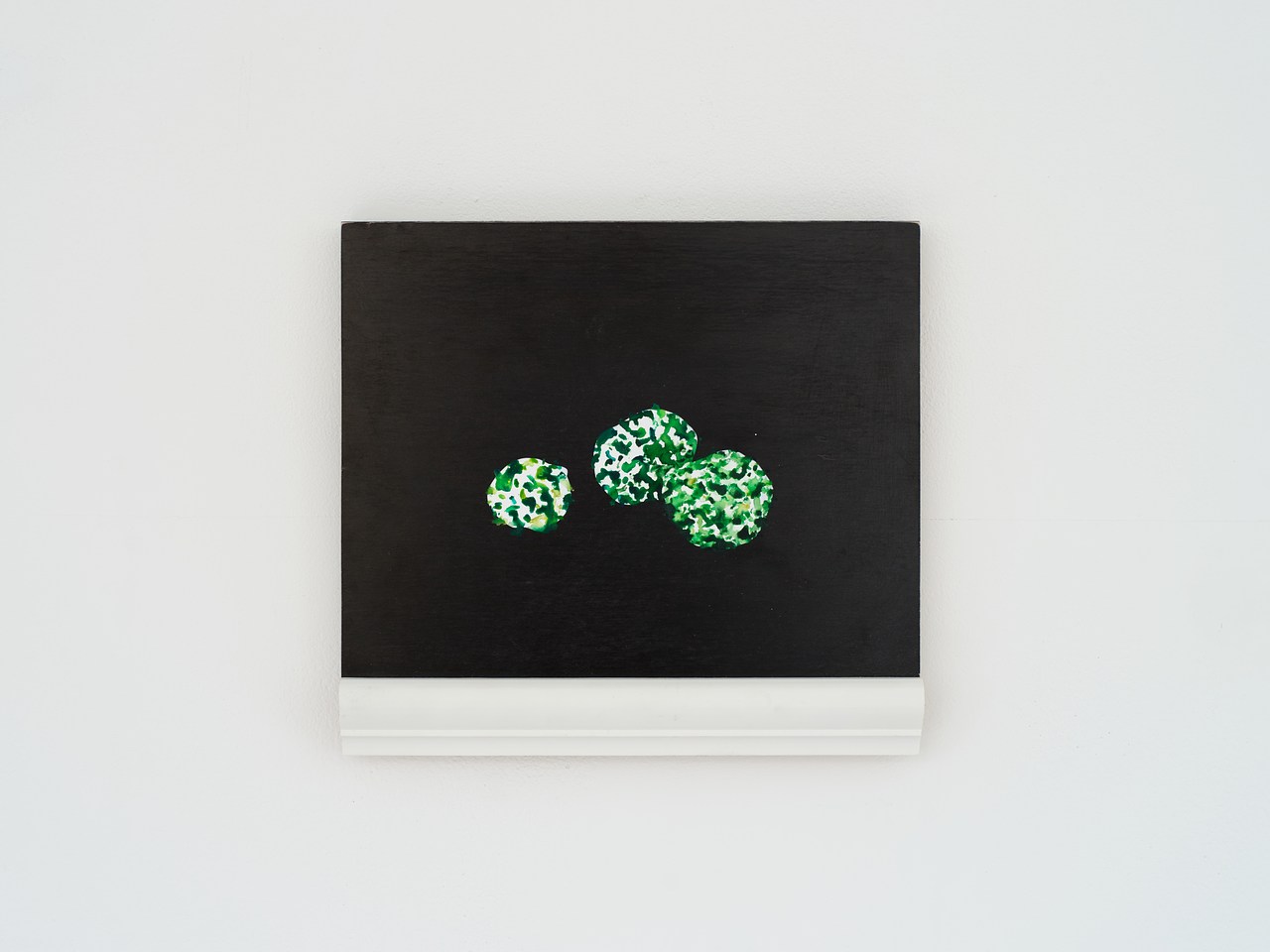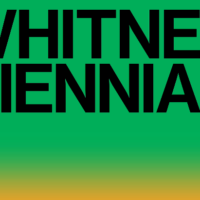Head Box
2009 - Sculpture (Sculpture)
21 x 18,9 x 22,6 cm
Jean-Luc Moulène
Head Box by J ean-Luc Moulène i s not the representation of a space but a real space that remains in the domain of sculpture which the artist develops in parallel with his photographic practice. Created for an exhibition in Kitakyushu in Japan, it is painted green, a color that symbolizes life and creation in Japanese culture. Even though we are confronted with a hollow presence, this is above all a space to lodge a body in the vertical posture of the living. This form can appear like a refuge – an isolating booth – that allows one to be confronted with one’s self, to construct a mental space. In the first instance, it can conjure up the formal questions posed in abstract art or minimalism, but, in fact, one quickly experiences it as an intimate space. It refers to architecture but remains far from any spectacular effect. There are also probably references to the history of relations between color and architecture.
After training in literature and working in advertising, Jean-Luc Moulène became known in the 1990s for his ‘documentary’ photographic practice. His images could be considered as studies of natural and cultural phenomena; the Objets de grève ( Strike objects) series (1999) documents objects made in factories during social protests. Moulène uses the codes of media images and diverts them to liberate the gaze and produce a new imaginary. This poetic tactic is manifest in the series called Disjonctions , in which Moulène photographs still lives, portraits, daily urban scenes. The notion of disjunction, which can be interpreted in the grammatical sense (‘or’, ‘either… either…’) or in terms of logic (an alternative in a dilemma), is manifest in the image by the disunity of the elements in the composition. The artist is not just a photographer, he increasingly creates relations with drawing, sculpture, objects, texts and newspapers.
Colors:
Related works sharing similar palette
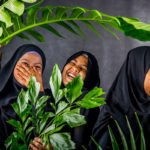
© » ARTS EQUATOR
Weekly Southeast Asia Radar: New Filipina superhero; capturing seniors of Saigon; refugee kids in Penang musical | ArtsEquator Thinking and Talking about Arts and Culture in Southeast Asia ArtsEquator Radar Photo: School of The Arts, USM September 5, 2019 ArtsEquator’s Southeast Asia Radar features articles and posts about arts and culture in Southeast Asia, drawn from local and regional websites and publications – aggregated content from outside sources, so we are exposed to a multitude of voices in the region...

© » KADIST
James Welling
2006Welling employs simple materials like crumpled aluminum foil, wrinkled fabric and pastry dough and directly exposes them as photograms, playing with the image in the process of revealing it...

© » KADIST
Yin-Ju Chen
2018Extrastellar Evaluations is a multimedia installation produced during Yin-Ju Chen’s residency at Kadist San Francisco in the spring of 2016...
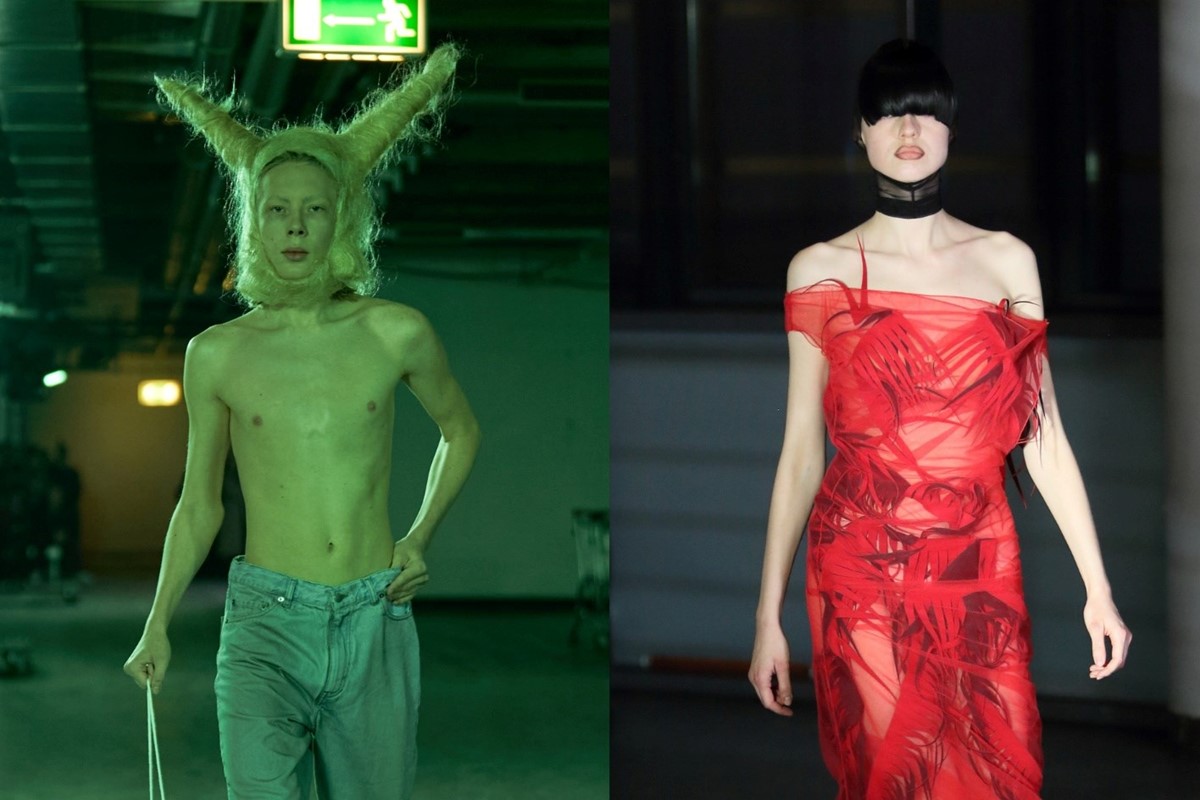
© » DAZED DIGITAL
Bringing you the best of Berlin Fashion Week AW24 Womenswear | Dazed â¬…ï¸ Left Arrow *ï¸âƒ£ Asterisk â Star Option Sliders âœ‰ï¸ Mail Exit Fashion Feature From Sia Arnika and SF 1 OG, to Shayne Oliver’s Anonymous Club, here’s everything that went down at the German city’s fashion fair 10 February 2024 Text Elliot Hoste Berlin Fashion Week AW24 35 It might have been founded 17 years ago, but Berlin Fashion Week is a relative newborn in comparison to its Big Four siblings...

© » KADIST
Zhu Changquan
2020In Dark Beyond Deep by Zhu Changquan the film presents the process of how consciousness gradually develops and extends from the real world to virtual space through a raven named Cyma...
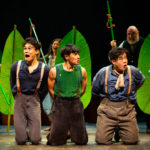
© » ARTS EQUATOR
“Peter and the Starcatcher”: An Invitation to Suspend Disbelief Thinking and Talking about Arts and Culture in Southeast Asia Articles October 22, 2018 By Casidhe Ng (1,100 words, six-minute read) The final show of Pangdemonium’s 2018 season, Peter and the Starcatcher is this year’s equivalent of Fun Home or RENT , an exuberant and expensive production intent on ending their year with a bang...

© » KADIST
Wadada Leo Smith
Kosmic Music is a musical score comprised of two parts: a single mixed media drawing titled Colors and Satellites, and a pair of mixed media drawings titled Koral Reef ...

© » KADIST
Teresa Burga
2019In her new series titled Ninas Peruanas Cusquenas , Teresa Burga depicts young indigenous women from Peru’s Andean region, dressed in traditional garments...
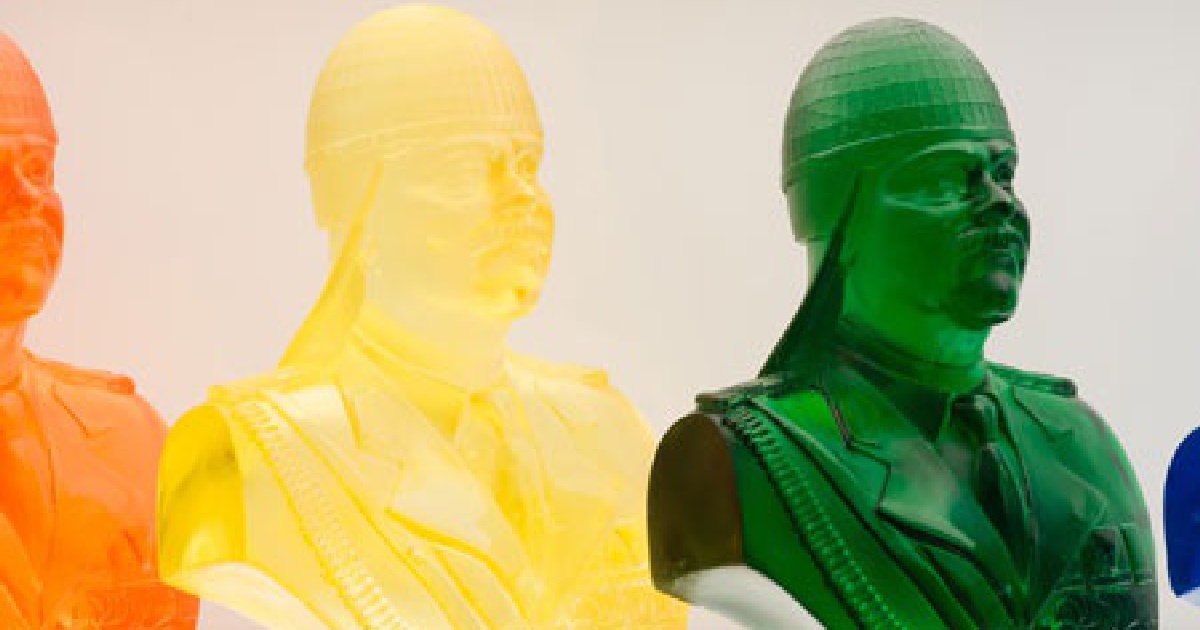
© » ACAW
FIELD MEETING Take 4: Thinking Practice | Ibraaz Contemporary Visual Culture in North Africa and the Middle East Home Platform Essays Interviews Projects Channel Reviews Publications News About Sign up Quick search Go Author Keyword Search archive Title Platform 010: Where to Now? Shifting Regional Dynamics and Cultural Production in North Africa and the Middle East 009: What are the genealogies of performance art in North Africa and the Middle East? 008: How do we productively map the historical and contemporary relationships that exist between North Africa, the Middle East and the Global South? 007: What is the future of arts infrastructures and audiences across North Africa and the Middle East? 006: What role can the archive play in developing and sustaining a critical and culturally located art history? 005: How has a globalised cultural economy affected the production of contemporary visual culture in North Africa and the Middle East? 004: With the benefit of hindsight, what role does new media play in artistic practices, activism, and as an agent for social change in the Middle East and North Africa today? 003: Can Artistic Practices Negotiate the Demands of Cultural Institutions, Public Space, and Civil Society? 002: What relationship does visual culture have to the world we live in? 001: What do we need to know about the MENA region today? Published between and Publications FIELD MEETING Take 4: Thinking Practice Online Programme 010_05 / 28 October 2016 Tags Curatorial Practice Conference Chapters in this series Introduction Curatorial Narrative Speaker Biographies + Synopses Programme / Schedule Closing Remarks Responses Video documentation Day 1 Video documentation Day 2 Most Viewed The Global South Conflicting Narratives and the Invention of Geographies Fernando Resende Global Art Forum 8 1972-1982 Spaceship Sheraton and the Making of Doha's Masterplans Ibraaz The North of the South and the West of the East A Provocation to the Question Walter D...

© » KADIST
Abel Rodríguez
2018Abel Rodríguez’s precise, botanical illustrations are drawn from memory and knowledge acquired by oral traditions...

© » HYPERALLERGIC
“Cloth as Land” at JMKAC Presents Textiles as a Wellspring of Hmong Indigeneity Skip to content Ger Xiong/Ntxawg Xyooj, “I sat closely and watched it crumble and unraveled and crumbled and unraveled and...” (2023), Coca-Cola can and embroidery thread (image courtesy the artist) HMong* indigeneity is complicated by centuries of political conflicts, displacement, erasure, and disorientation in HMong homelands of China and Southeast Asia...

© » KADIST
Coproduced between KADIST and Sharjah Art Foundation in the context of Sharjah Biennial 15: Thinking Historically in the Present , Farah Al Qasimi’s Um Al Dhabaab (Mother of Fog) challenges colonial myths upheld by Western academia and the lingering imperialist interests at play across Asia’s modern-day trade hubs...






